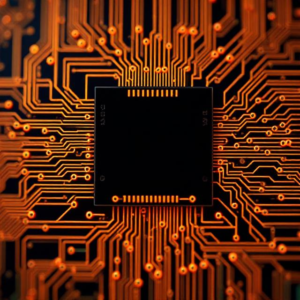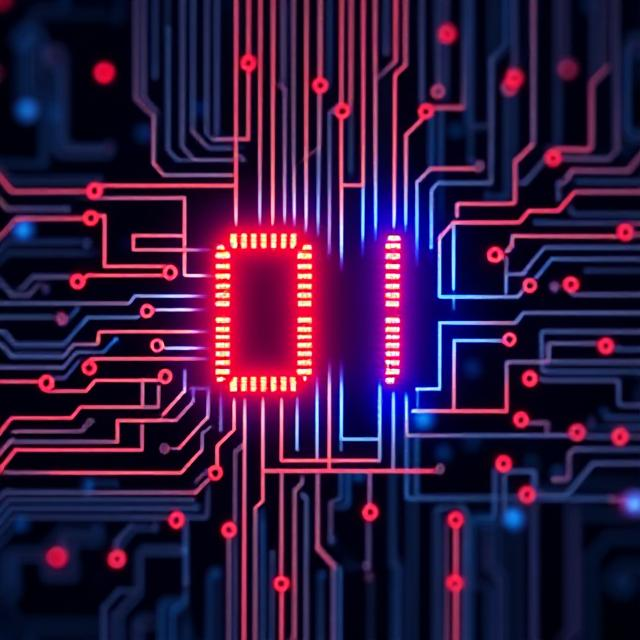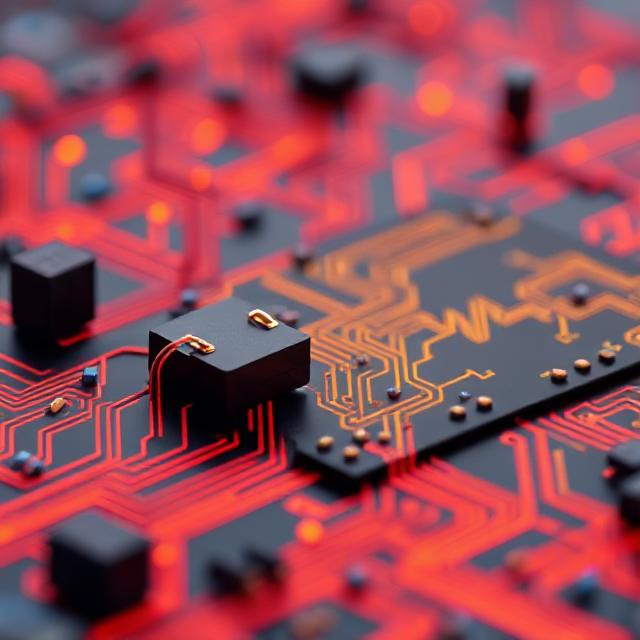1. What is Digital Circuit Synthesis?
Digital circuit synthesis is the process of designing digital circuits from high-level descriptions (like mathematical models or high-level programming code) into low-level hardware that can actually be built into a physical electronic device.
Think of it like this:
- You start with an idea of what you want your circuit to do, such as “add two numbers” or “control a motor.”
- Then, you use synthesis techniques to turn this idea into a real circuit with specific components (like logic gates) that perform the required tasks.

In simple terms, digital circuit synthesis is like translating a blueprint (your high-level design) into a working circuit that you can physically build.
2. Key Components of Digital Circuits
- Logic gates: These are the building blocks of digital circuits. Gates like AND, OR, NOT, XOR, etc., perform basic logical operations on binary numbers (0s and 1s).
- Flip-flops: These are used to store data, and they’re like tiny memory units.
- Multiplexers, adders, and other components: These are more complex circuits that perform specific tasks like selecting data or adding numbers.
3. Synthesis Techniques
Now that we know the basic components of a digital circuit, let’s look at the techniques used to create and optimize them.
A. Boolean Algebra Simplification
One of the most basic techniques in digital synthesis is simplifying Boolean expressions. Boolean algebra deals with operations like AND, OR, and NOT, and simplifying the expressions helps make circuits smaller and faster.
- For example, if you have an equation like:
- A AND (A OR B), you can simplify it to just A.
- This simplified equation would use fewer components when built into a circuit.
B. Gate-Level Synthesis
This is the process of converting a high-level description of a digital system into a set of logic gates. For example:
- You might describe a system using a high-level language (like Verilog or VHDL), which defines how the system should behave.
- The synthesis tool then turns this description into logic gates (AND, OR, NOT, etc.), deciding how to best implement the behavior with these basic components.
C. High-Level Synthesis (HLS)
With High-Level Synthesis, you start with a higher-level description, such as C or C++ code, and then the tool automatically converts that code into digital logic. It’s like writing a program and having the tool turn it into a hardware design.
- For example, if you want a system that multiplies two numbers, you could write a function in C, and HLS would turn that into a combination of logic gates and circuits that multiply the numbers.
D. Technology Mapping
Once you’ve broken down the design into basic gates, technology mapping is the step where the gates are turned into specific physical components that can be used on a chip. It’s like choosing the right tools to build your design, based on the technology you’re using (like CMOS technology or FPGA).
This is where optimization can happen—like choosing the smallest and fastest components to make the circuit work better.
E. Timing Analysis
After designing the circuit, you need to make sure it works at the correct speed. Timing analysis ensures that all signals in the circuit reach their destinations at the right time. For example, in a clocked circuit, data should only change at specific intervals.
If the circuit is too slow, you might need to adjust the design to ensure it runs faster (like adding more logic gates or optimizing the layout).
F. Power Optimization
Another key aspect of synthesis is ensuring that the digital circuit uses as little power as possible. This is important, especially for mobile devices like smartphones, which rely on efficient power usage for long battery life.
- Low-power synthesis techniques include reducing the number of gates or optimizing the circuit to minimize unnecessary energy consumption.
4. Real-World Example
Imagine you’re designing a digital circuit for a traffic light controller:
- High-level design: You might describe the system as “turn on red light for 10 seconds, then turn on green for 15 seconds.”
- Synthesis process: Using the techniques we’ve discussed, the synthesis tool will:
- Simplify any Boolean expressions needed to control the lights.
- Map the design to the specific logic gates needed to implement this control system.
- Optimize for power efficiency (so it doesn’t waste energy).
- Ensure the design works at the correct speed, so the lights change at the right times.
The result is a digital circuit that can be physically built into a chip that controls the traffic lights, all thanks to the synthesis process.
5. Benefits of Digital Circuit Synthesis
- Speed: Helps speed up the design process by automating the conversion of high-level descriptions into working hardware.
- Optimization: Makes circuits smaller, faster, and more power-efficient.
- Scalability: Can handle the design of complex systems with millions of gates, like processors or large-scale digital systems.
- Accuracy: Reduces human error and ensures that the design meets the required specifications.
6. In Summary:
Digital circuit synthesis is all about converting high-level designs into working electronic circuits. By using techniques like Boolean algebra simplification, gate-level synthesis, high-level synthesis (HLS), and optimization, engineers can create digital systems that are efficient, fast, and reliable.











